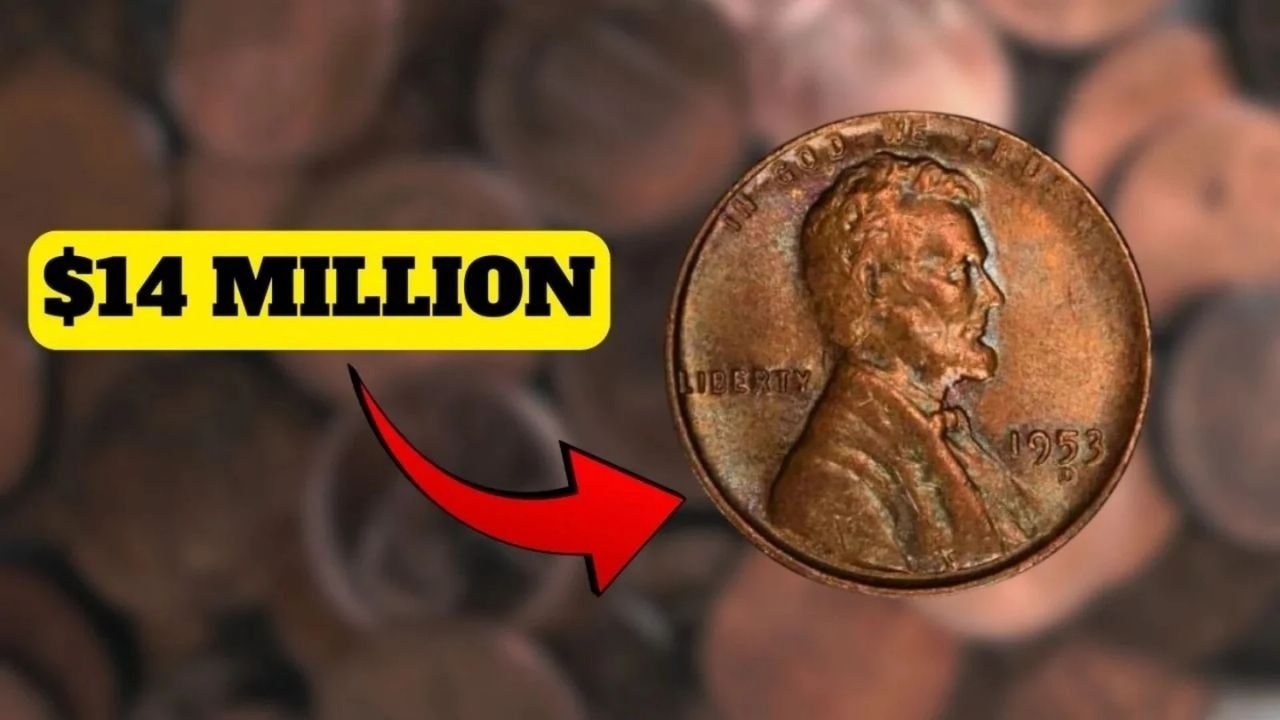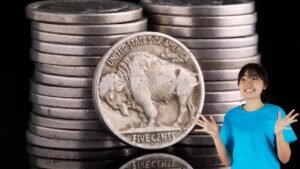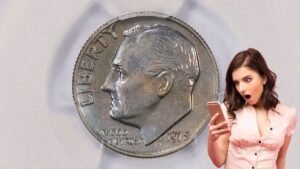Imagine buying a cup of coffee with a penny—only to find out later that the coin in your pocket could be worth $14 million. Sounds unbelievable? Yet, rumors of a rare Lincoln Wheat Penny valued in the millions continue to excite collectors and treasure hunters. Could you be holding one of these hidden gems? Let’s explore the story behind this legendary coin.
What Is the $14 Million Lincoln Wheat Penny?
The Lincoln Wheat Penny, first minted in 1909, is among the most collected U.S. coins. While most are worth only one cent, certain rare varieties can sell for thousands—or even millions. The legendary $14 million penny is believed to be an ultra-rare minting error, likely a 1943 bronze or a unique one-of-a-kind variety that has never been publicly disclosed.
History of the Lincoln Wheat Penny
- Introduced in 1909 to celebrate the 100th anniversary of Abraham Lincoln’s birth.
- Designed by Victor D. Brenner, featuring Lincoln’s portrait on the front and wheat stalks on the back.
- Minted until 1958, after which the design was replaced with the Lincoln Memorial reverse.
These pennies are loved by collectors for their history, design, and the thrill of discovering rare varieties.
Why Are Some Wheat Pennies Worth Millions?
Rare Errors and Varieties
- 1943 Bronze Penny: Minted by mistake when bronze planchets were left in presses during WWII.
- 1944 Steel Penny: Transitional error created when leftover steel planchets were struck.
- 1955 Double Die Obverse: Known for its dramatic doubled lettering on the front.
Low Mintage Coins
Certain years, such as the 1909-S VDB and 1914-D, were produced in very small numbers, making them highly valuable.
Condition and Grading
Coins graded MS-65 or higher by professional services like PCGS or NGC can multiply in value due to their rarity in pristine state.
Famous Valuable Lincoln Wheat Pennies
| Year & Type | Unique Feature | Value Range |
|---|---|---|
| 1909-S VDB | Designer’s initials, low mintage | $1,000 – $50,000+ |
| 1914-D | Rare Denver mint issue | $2,000 – $100,000 |
| 1943 Bronze Penny | WWII mint error in bronze | $100,000 – $2M+ |
| 1944 Steel Penny | Transitional error, very rare | $75,000 – $1M+ |
| 1955 Double Die | Doubled lettering on obverse | $1,000 – $100,000+ |
Some believe the rumored $14 million penny is a unique 1943 bronze error—possibly the rarest of all.
Could One Still Be in Circulation?
Although most rare pennies have been discovered, it’s not impossible. Collectors, coin roll hunters, and even casual finders have stumbled upon valuable Wheat Pennies in pocket change and old jars of coins. The possibility keeps the legend alive.
Quick Tips to Spot Rare Wheat Pennies
- Check the Date & Mintmark: Key years include 1909-S VDB, 1914-D, 1922 No D, 1943 bronze, and 1944 steel.
- Look for Errors: Doubling, off-center strikes, and wrong-metal coins are valuable.
- Use a Magnet: Steel pennies stick, copper pennies don’t.
- Condition Counts: Higher grade coins are worth far more.
FAQs
Q: Is the $14 million penny real?
A: While no penny has officially sold for $14 million, rumors suggest private sales and one-of-a-kind rarities may exist.
Q: What year pennies should I keep an eye out for?
A: 1909-S VDB, 1914-D, 1922 No D, 1943 Bronze, and 1955 Double Die are top examples.
Q: Can I still find a rare penny in my change?
A: It’s unlikely, but not impossible—collectors still find surprises in coin rolls and old savings jars.
Q: How do I know if my penny is valuable?
A: Check its date, mintmark, and condition. For certainty, get it graded by a professional service like PCGS or NGC.
Q: Where can I sell a rare penny?
A: Reputable coin dealers, auction houses, or certified online platforms are the best options.
Conclusion: Check Your Pennies Closely
The story of the $14 million Lincoln Wheat Penny may be part legend, but it highlights an important truth: even the smallest coin can hold life-changing value. Whether in your wallet, coin jar, or inherited collection, every penny deserves a closer look. Who knows—your next big discovery might be worth more than a lifetime of coffee.



